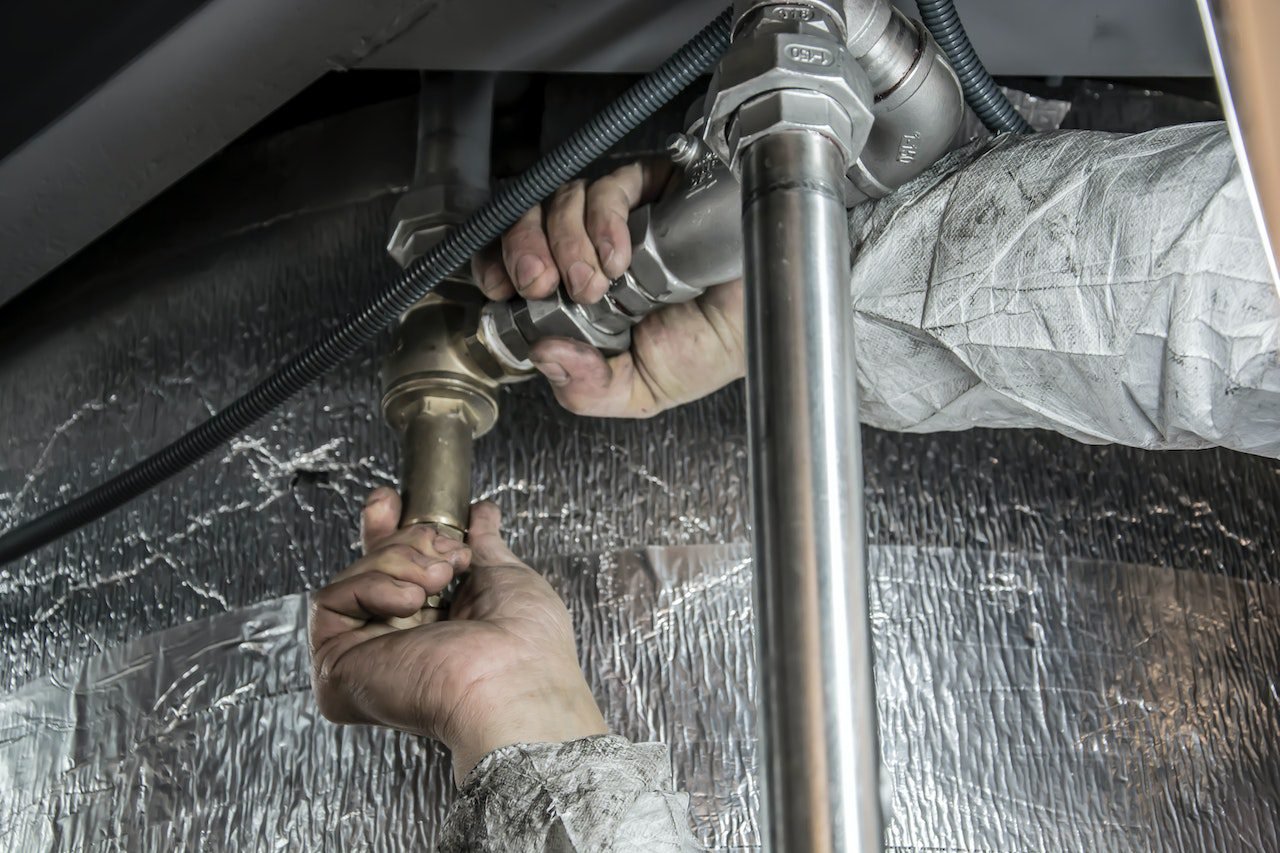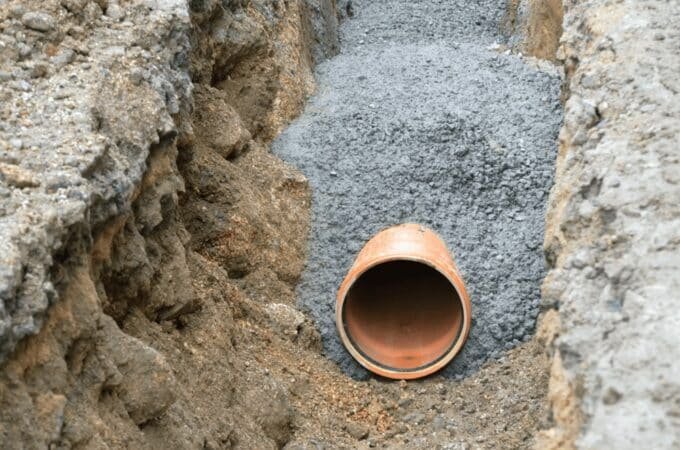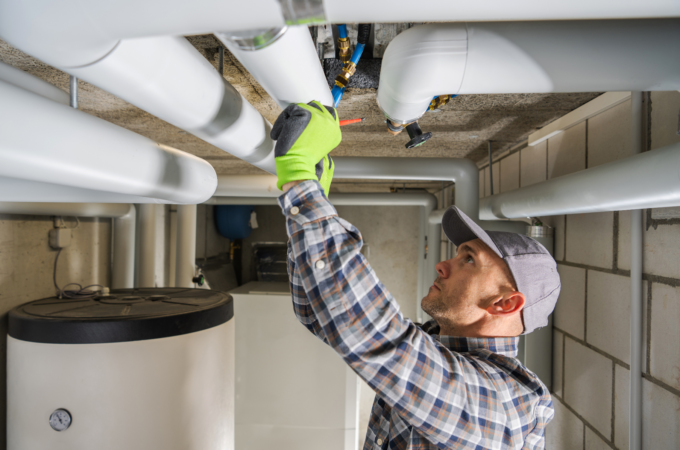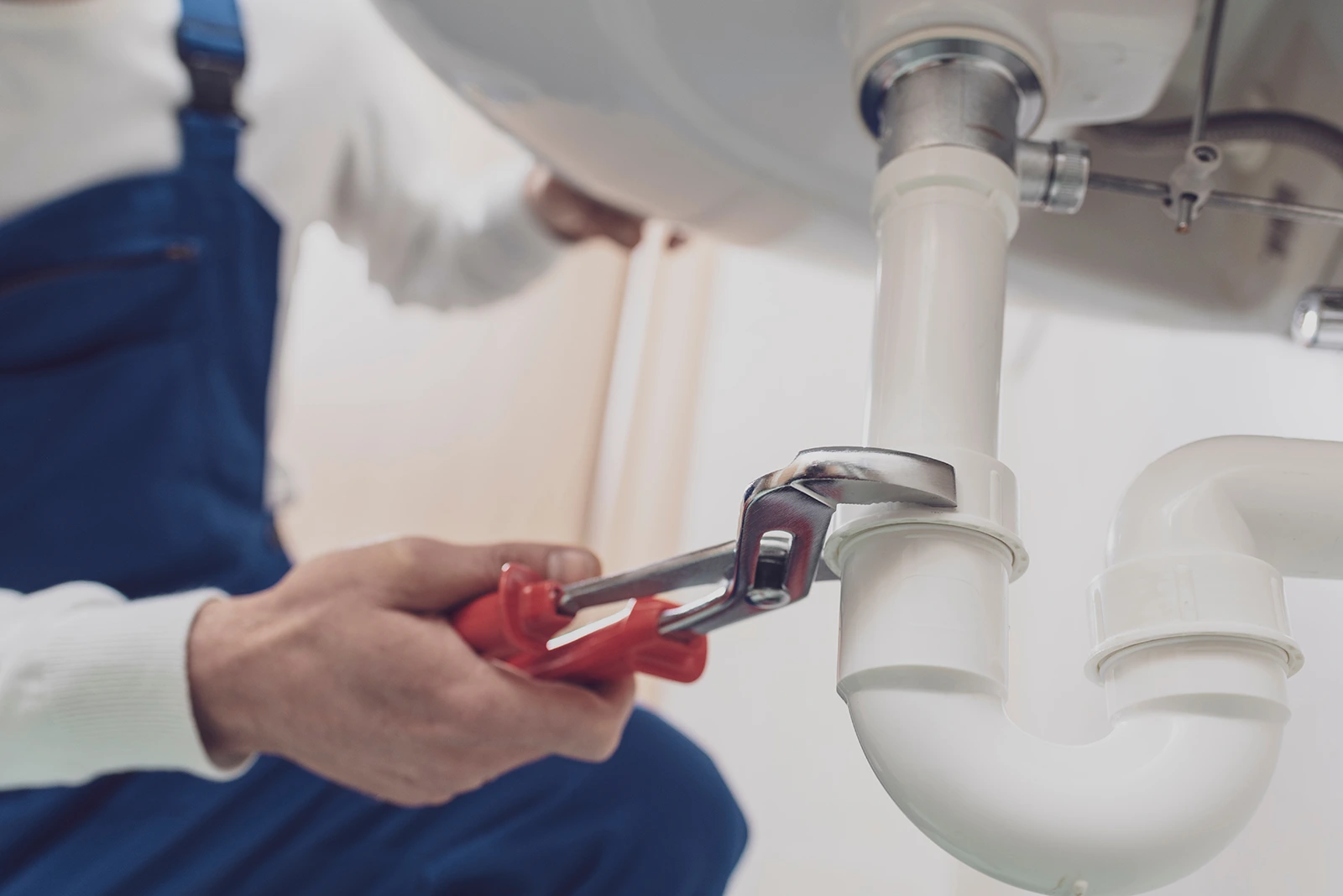
Unlocking Clean Water: The Power of Undersink Filtration Systems
Do you want to know a shocking truth? Well, recent research has unveiled a concerning reality: almost half of the tap water in the US is contaminated with “forever chemicals.” This startling revelation underscores the urgent need for advanced filtration in modern households.
While the statistics are concerning, the good news is that technology has provided us with advanced solutions. Let’s delve into the science behind one of the most effective methods: undersink filtration systems.
Table of Contents
ToggleThe Science Behind Undersink Filtration Systems
The heart of an undersink water filter system is a process known as reverse osmosis. This method, which can filter out particles as minuscule as a single atom, offers a promising solution to many households’ contamination issues. In reverse osmosis, tap water is propelled against a semipermeable membrane at high pressure, filtering out substances as small as atoms. High-capacity membranes in some under-sink systems reduce impurities. This multi-stage filtration process starts with sediment filters and progresses to activated carbon filtration to comprehensively eliminate contaminants from water.
Beyond the impressive science, the real-world benefits of these systems are even more compelling. Let’s explore the tangible advantages that come with adopting undersink filtration.
Benefits Beyond Clean Water
Installing an undersink water filtration system delivers advantages that go far beyond just cleaner drinking water. These advanced systems comprehensively enhance water quality while providing economic, environmental, health, and lifestyle benefits.
1. Superior Purification
Undersink filtration units connect directly to the main water line and filter water before it reaches the tap. This direct-line filtration removes up to 99% of contaminants for consistent access to ultrapure water every time you turn on the faucet.
Systems utilize a multi-stage filtration process with technologies like reverse osmosis, activated carbon, and ion exchange to address lead, bacteria, chlorine, pharmaceuticals, and other potential tap water contaminants. The result is noticeably odor-free and better in taste water.
2. Cost and Convenience
While undersink systems require an upfront investment, they generate significant long-term cost savings compared to continually buying bottled water. The purified water is available on demand directly from the tap, avoiding the inconvenience of purchasing and storing bottled water.
No more lugging heavy bottles from the store. The environmental savings from less plastic waste are also substantial.
3. Health Protection
Removing toxins, microorganisms, and other dangerous contaminants provides peace of mind, knowing your family drinks pure, safe water. This is especially important for children, pregnant women, and those with compromised immunity.
Studies connect untreated tap water to increased risks of developmental effects, cancer, infertility, and other health issues. Undersink filtration minimizes these risks.
4. Lifestyle Enhancement
Filtered water simply improves daily life in so many ways. Better-tasting water makes cooking more enjoyable, and coffee tastes smoother. Cleaner water enhances the flavor profile and reduces the staining of beverages like tea and juice.
And purified water is ideal for children’s baths and pets. The benefits integrated into everyday living make undersink filtration systems a smart long-term investment in your family’s well-being.
Now that we’ve established the undeniable benefits, it’s essential to understand the practical aspects. How do we set up these systems, and how do we ensure they function optimally over time?
Installation, Maintenance, and Longevity
Installing an undersink filter is straightforward. But making it last requires regular maintenance.
- Most systems include setup instructions. But optimal performance takes ongoing care. Maintenance is critical.
- Changing filters yearly keeps purification working well. Annual cleaning also helps.
- Maintenance costs more upfront but saves money long-term by protecting the system.
- Also, inspect hoses and fittings periodically for leaks. Tighten if needed.
- Keep records of maintenance tasks completed. This helps stay on schedule.
- Know the time and money for maintenance before installing.
- With proper care, your system can last over ten years, giving you filtered water for years.
Understanding maintenance comes first. Then, you can choose the right system for your needs.
- Factor in water contaminants in your area. Not all filters address every toxin.
- Choose filter types that remove your top contaminants of concern.
- Compare system warranties and brand reputations as well.
- Consult with water filtration experts for guidance on the best system.
- Consider your household size and daily water usage. Larger capacity suits bigger families.
Let’s look at what guides this big decision on the right undersink filter system for your home.
Choosing the Right System for Your Needs
Several key considerations go into finding the ideal undersink water filtration system. First, analyze your household’s water quality needs. Do you want to filter out microbiological cysts or specific heavy metals?
This determines the type of filtration method required. Also, examine flow rate – how much filtered water do you need per day? Many reverse osmosis systems reduce flow, so a unit with water storage could be preferable.
You’ll also want to evaluate the space under your sink and any potential modifications needed for installation. Compare brands and models, looking at the contaminants addressed, filtration capacity, warranty, and cost.
While advanced systems carry a higher price tag, they may be worthwhile for enhanced water purification. Obtaining the right undersink filtration system takes research but is a sound investment for years of cleaner, safer water.
The broader impact of this investment goes beyond the practical benefits – it represents a step towards healthier living for your family.
The Broader Impact: A Step Towards Healthier Living
1. Improving Family Health Outcomes
The correlation between clean water and overall health is undeniable. Installing an undersink water filtration system reduces exposure to many contaminants that can enter unfiltered tap water daily. This peace of mind is invaluable.
Furthermore, it encourages a culture of water purity in the home as families prioritize access to contamination-free water. Below is a data chart that shows the types of contaminants in the water and their percentage of contamination:
Source: US Environmental Protection Agency (EPA)
Removing heavy metals, microbiological cysts, pharmaceutical residue, and other impurities found in tap water minimizes health risks, especially for vulnerable groups like children and older adults.
Studies show links between chronic exposure to water contaminants and adverse effects on the immune system, reproductive health, and neurological development.
2. Promoting Mental Well-being and Hydration
Beyond physical health, filtered water impacts mental and emotional well-being. Knowing your family drinks pure, contamination-free water reduces stress and anxiety stemming from tap water concerns.
Parents experience peace of mind knowing their children avoid exposure to heavy metals affecting development. Plus, better-tasting water encourages increased consumption for healthier hydration.
3. Ripple Effects Across Communities
On a societal level, embracing home water filtration solutions promotes a culture shift prioritizing safe, sustainable practices to secure pure drinking water. Undersink systems reduce plastic waste from bottled water reliance.
Community-driven efforts to install advanced filtration in schools and public spaces provide equitable access to clean water.
Conclusion
Recent studies revealing the prevalence of tap water contaminants highlight the need for advanced filtration. Undersink filtration systems provide a comprehensive solution through reverse osmosis and multi-stage filtration.
The benefits of these systems – from water quality to environmental impact – make them a smart investment for households. Proper installation and regular maintenance are key to ensuring your system functions optimally for years. Prioritize your family’s health and well-being by unlocking the power of undersink water filtration. Your first sip of pure, filtered water will speak for itself.
Frequently Asked Questions
- How do undersink water filters differ from other filtration systems?
Undersink water filters are designed to be installed under the kitchen sink, providing direct access to purified water from the tap. They often use a combination of filtration methods to ensure comprehensive removal of contaminants.
- What contaminants can under-sink filters effectively remove?
These filters can tackle many impurities, including sediments, chlorine, heavy metals like lead and mercury, pesticides, microorganisms, and more, ensuring healthier drinking water.
- Are undersink filters a one-time investment?
While the initial setup is a significant investment, regular maintenance, including periodic filter replacements, is essential to ensure the system’s longevity and effectiveness.





